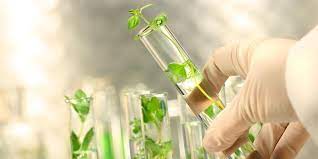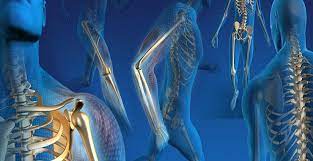Renewable Chemicals Market- Global Industry Analysis, Share, Size, Growth, Trends, and Forecast
Renewable chemicals are
utilized for improving the utilization of renewable assets rather than
non-renewable energy sources. Renewable chemicals incorporate every one of the
chemicals which are created from renewable feedstock like microorganisms,
biomass (plant, creature, and marine), and horticultural unrefined substances.
Severe unofficial laws, natural worries and mindfulness among individuals are
improving the utilization of bio-based items delivered from biomass sources,
which thus is extending the market for renewable chemicals.
The renewable
chemicals market is extending
essentially because of the severe guidelines forced by administrative
specialists to check natural harm, the wealth of renewable chemicals, and the
shopper's tendency towards utilizing eco-accommodating items. The significant
expense and certain issues identified with the creation of renewable chemicals
are the elements that are hampering the development of this market.
By and by Europe shapes
the biggest market for renewable chemicals, however Asia-Pacific is driving the
market development, and is relied upon to overwhelm the renewable chemicals
market by 2018. Because of the ascent in energy necessities, expansion in
populace, and working on monetary conditions in the Asia-Pacific area, the
interest for renewable chemicals is relied upon to fill around here.
Renewable chemicals are
utilized in different applications across various businesses, for example, in
food handling, lodging, materials, climate, transportation, cleanliness, drug,
and different applications. Renewable chemicals are essentially accessible as
ketones, alcohols, natural acids, and bio-polymers. They are utilized in
surfactants and greases, purchaser merchandise, saps, and plastics for natural
reason.
There are different
advancements accessible which are utilized for delivering renewable chemicals
from biomass and incorporate enzymatic hydrolysis, thermo-compound change,
dehydrative change, creation of Fischer-Tropsch diesel, aging and
bioconversion, reductive change, item partition and bioconversion, corrosive
hydrolysis, and gasification/maturation.




Comments
Post a Comment